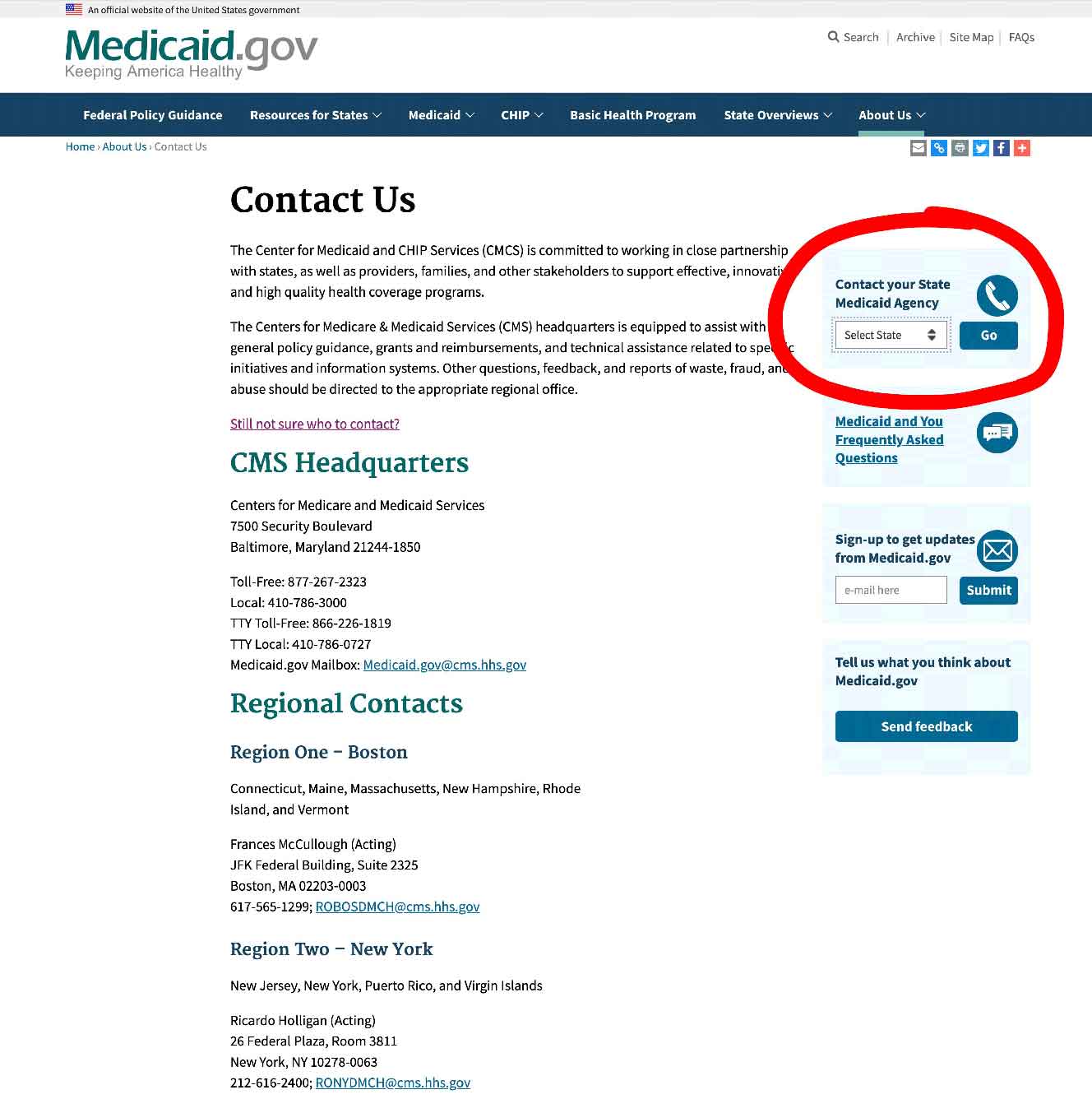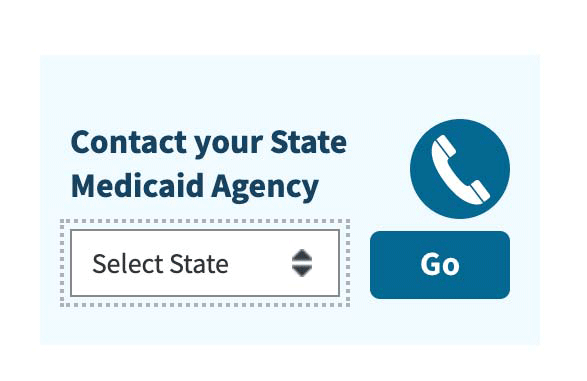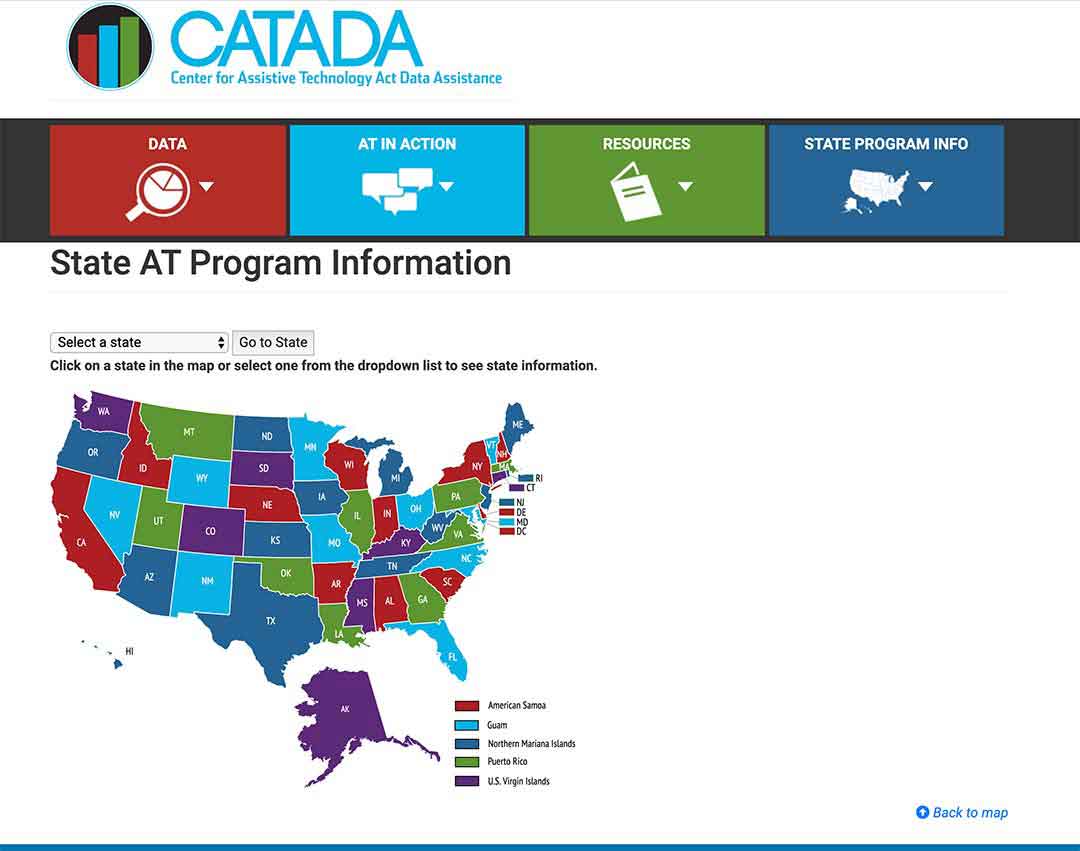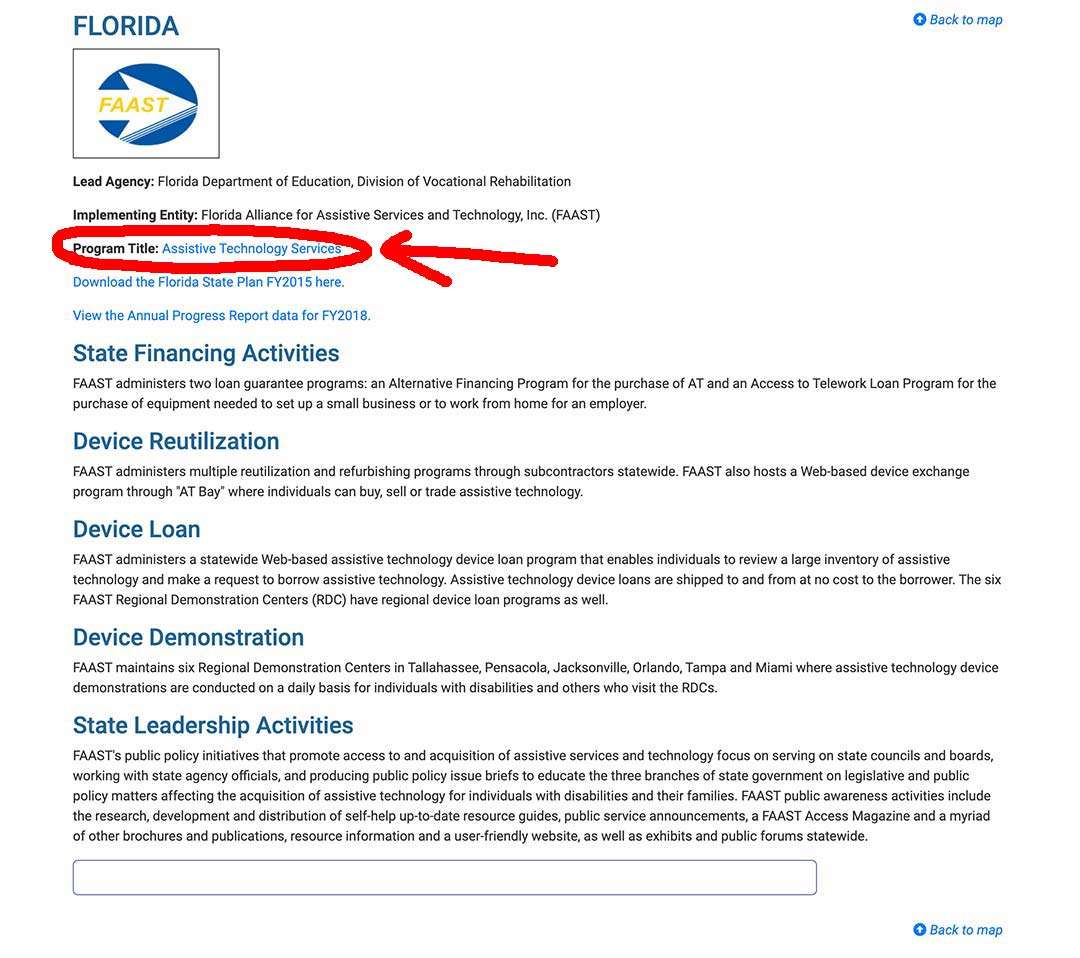Looking after loved ones who are either bedridden, have difficulty getting in and out of bed, or who simply need to pee a lot at night, can necessitate the use of some kind of bed rail, or support, to reduce the risk of falls. And like all the other equipment you need, you have to work out how to pay for it.
Medicare does not cover bed rails for use on regular beds, but it does cover some hospital beds under certain circumstances, and these do come with bed rails.
The hospital beds which Medicare Part B will cover for use in the home are –
- manual hospital bed
- semi-electric hospital bed
- variable height hospital bed
- bariatric hospital bed
Contents Overview & Quicklinks
What are Medicare’s qualifying guidelines for a hospital bed ?
Does Medicare cover bathroom equipment ?
Will medicare exercise equipment ?
What equipment does Medicare pay for ?
Medicare-approved supplier near me ?
List of durable medical equipment suppliers typically covered by Medicare
How can you get coverage from Original Medicare Part B for a hospital bed ?
What if you are in a skilled nursing facility ?
How to avoid over-paying for DME with Medicare Part B ?
Free assistance with understanding Medicare
Does Medicaid cover bed rails ?
How do you purchase bed rails in a Medicaid and state funded program ?
How to find the HCBS programs, waivers and 1915 waivers in your state ?
If your revenue is too high to qualify for Medicaid ?
Medicare qualifying diagnosis for a hospital bed – guidelines
If a person can meet one, or more, of the following criteria Original Medicare typically covers 80% of the cost of the rental of a hospital bed :
- If you have a medical condition “which requires positioning of the body in ways not feasible with an ordinary bed. Elevation of the head/upper body less than 30 degrees does not usually require the use of a hospital bed, or”
- If you require “positioning of the body in ways not feasible with an ordinary bed in order to alleviate pain, or”
- If you require “the head of the bed to be elevated more than 30 degrees most of the time due to congestive heart failure, chronic pulmonary disease, or problems with aspiration. Pillows or wedges must have been considered and ruled out, or”
- If you require “traction equipment which can only be attached to a hospital bed.”
The guidelines listed above are from the CMS (Centers for Medicare and Medicaid Services) Requirements list for Hospital Beds and Accessories.
You can read a technical document on CMS.gov – National Coverage Determination (NCD) for Hospital Beds (280.7) – here.
I have an article which fully explains the types of hospital beds which Medicare will cover, how much they cost to buy, or to rent locally, where to find a supplier near you, the full guidelines for coverage, and if you don’t qualify for Medicare how you can get one with Medicaid or other non-medicaid state programs and grants. You can read that here.
Alternatives to bed rails
If you can’t get covered for your bed rails or a hospital bed, then you may want to try some alternatives –
- adjustable or variable height beds
- concave mattresses
- bed wedges
- bumpers
- crash mats
- vertical poles
- bed trapezes
- bed alarms
- monitoring devices – baby monitors, video cameras etc
If you didn’t know, bed rails, in certain cases, and for certain individuals, can be dangerous.
I have an article “10 Great Alternatives To Bed Rails For The Elderly”, in which I outline the reasons for not using bed rails with certain more fragile adults, or for those suffering with dementia. I also give a full explanation of the different alternatives available that I listed above, and more information on some monitoring devices.
Will Medicare cover your bathroom equipment ?
Sadly, Medicare Part B does not cover most bathroom equipment.
Medicare Part B will not cover equipment which it considers to be comfort items, and “not primarily medical in nature” and that includes all the following –
- grab bars
- raised toilet seats
- bath lifts
- shower chairs
- bath chairs
- transfer seats
- toilet safety frames
Original Medicare Part B does though, under certain conditions, typically cover crutches, walkers and bedside commodes, if they are “medically necessary” and prescribed by a Medicare-enrolled physician.
This equipment can be of help in the bathroom and reduce the risk of falling, and by giving stability to those who have mobility issues.
If you have a Medicare Advantage plan, plans in the of fall of 2020 may start to cover some bathroom safety equipment due to the changes in extra benefits that these plans are allowed to offer.
To find which Advantage Plans may eventually cover items of bathroom safety equipment, you will need to consult with an insurance agent in your area.
If you want to know more about Medicare and bathroom equipment, Medicaid and bathroom equipment, non-Medicaid funding and grants for bathroom equipment and places where you may be able to get it for free, such as State Assistive Technology Programs, or nonprofit community refurbishing programs you can find that in my article “Does Medicare Pay For Bathroom Safety Equipment ?”.
I have a long article, with 50 plus safety tips, that I have learned over the 11 years that I have looked after my mom and dad. These are both practical tips, and some suggestions for bathroom safety equipment that you may find helpful. You can read the article here.
If you are looking for suggestions and advice on how to make bathing easier for your parent, especially if you are assisting them, then I have another article discussing ways I have found useful to make it a more comfortable and dignified experience for all parties – that one is here.
Will Medicare cover exercise equipment
Medicare Part B does not usually give cover to any exercise equipment for use in the home, as Original Medicare does not consider it to be “medically necessary”.
Physiotherapy and occupational therapy, may be covered if it has been prescribed as “medically necessary” by a Medicare-enrolled physician.
You can find out more if you go to my article “Does Medicare Pay for Exercise equipment ?”, where I list the Medicare coverage guidelines, which Medicaid programs may give coverage, non-Medicaid state programs, State Financial Assistance Plans, and state Assistive Technology programs all of which can help with paying for or covering the cost of exercise equipment.
What equipment does medicare pay for ?
Medicare covers durable medical equipment for use in the home, which is –
- medically necessary
- prescribed by a Medicare-enrolled physician
- purchased or rented from a Medicare-approved supplier
You can find a full list of Durable Medical Equipment covered by Medicare below. If you wish to got straight to the list, click here.
Durable medical equipment has to meet these basic criteria:
- Durable (it must be able to withstand repeated use over a sustained period of time)
- Used for a medical reason, as opposed to for comfort
- Not usually useful to someone who isn’t sick or injured
- Used in your home
- Generally has an expected lifetime of at least 3 years
So if the equipment you are looking at doesn’t meet these criteria, you probably won’t be able to get it covered by Medicare.
Medicare’s definition of Durable Medical Equipment is “Durable Medical Equipment is reusable medical equipment like, walkers, wheelchairs, or hospital beds”
Medicare-approved supplier near me ?
To find a Medicare supplier in your area, you can use this link at Medicare.gov
If you don’t find the DME you are looking for in my list of Medicare covered DME below, you can use this link to Medicare.gov
List of durable medical equipment covered by Medicare
Air-Fluidized Bed
Alternating Pressure Pads and Mattresses
Audible/visible Signal Pacemaker Monitor
Pressure reducing beds, mattresses, and mattress overlays used to prevent bed sores
Bead Bed
Bed Side Rails
Bed Trapeze – covered if your loved one is confined to their bed and needs one to change position
Blood sugar monitors
Blood sugar (glucose) test strips
Canes (however, white canes for the blind aren’t covered)
Commode chairs
Continuous passive motion (CPM) machines
Continuous Positive Pressure Airway Devices, Accessories and Therapy
Crutches
Cushion Lift Power Seat
Defibrillators
Diabetic Strips
Digital Electronic Pacemaker
Electric Hospital beds
Gel Flotation Pads and Mattresses
Glucose Control Solutions
Heat Lamps
Hospital beds
Hydraulic Lift
Infusion pumps and supplies (when necessary to administer certain drugs)
IPPB Machines
Iron Lung
Lymphedema Pumps
Manual wheelchairs and power mobility devices (power wheelchairs or scooters needed for use inside the home)
Mattress
Medical Oxygen
Mobile Geriatric Chair
Motorized Wheelchairs
Muscle Stimulators
Nebulizers and some nebulizer medications (if reasonable and necessary)
Oxygen equipment and accessories
Patient lifts (a medical device used to lift you from a bed or wheelchair)
Oxygen Tents
Patient Lifts
Percussors
Postural Drainage Boards
Quad-Canes
Respirators
Rolling Chairs
Safety Roller
Seat Lift
Self-Contained Pacemaker Monitor
Sleep apnea and Continuous Positive Airway Pressure (CPAP) devices and accessories
Sitz Bath
Steam Packs
Suction pumps
Traction equipment
Ultraviolet Cabinet
Urinals (autoclavable hospital type)
Vaporizers
Ventilators
Walkers
Whirlpool Bath Equipment – if your loved one is home bound and the pool is medically needed. If your loved one isn’t home bound, Medicare will cover the cost of treatments in a hospital.
Prosthetic and Orthotic Items
Orthopedic shoes only when they’re a necessary part of a leg brace
Arm, leg, back, and neck braces (orthotics), as long as you go to a supplier that’s enrolled in Medicare
Artificial limbs and eyes
Breast prostheses (including a surgical bra) after a mastectomy
Ostomy bags and certain related supplies
Urological supplies
Therapeutic shoes or inserts for people with diabetes who have severe diabetic foot disease.
Corrective Lenses
Prosthetic Lenses
Cataract glasses (for Aphakia or absence of the lens of the eye)
Conventional glasses or contact lenses after surgery with insertion of an intraocular lens
Intraocular lenses
Important: Only standard frames are covered. Medicare will only pay for contact lenses or eyeglasses provided by a supplier enrolled in Medicare, no matter who submits the claim (you or your supplier).
How can you get coverage from Original Medicare Part B for a hospital bed ?
To qualify for a hospital bed for your “home” under Medicare Part B, or accessories for a hospital bed (if they already have one), you will have to –
- be enrolled in Medicare Part B
- obtain a signed prescription from your Medicare enrolled doctor stating it is a medical necessity
- be purchasing the hospital bed, or accessories, through a Medicare-enrolled supplier
For someone claiming DME for their “home”, a hospital or nursing home which is providing Medicare coverage cannot qualify as their “home”, although a long-term care facility, such as an assisted living can qualify as “home”.
The following forms of residence qualify as living at “home” for Medicare –
- living in your own home
- living in the family home
- living in the community, such as assisted living
Here is the passage from Medicare’s own publication on what you have to do to get your DME.
“If you need DME in your home, your doctor or treating practitioner (like a nurse practitioner, physician assistant, or clinical nurse specialist) must prescribe the type of equipment you need by filling out an order. For some equipment, Medicare may also require your doctor to provide additional information documenting your medical need for the equipment. Your supplier will work to make sure your doctor submits all required information to Medicare. If your needs and/or condition changes, your doctor must complete and submit a new, updated order.
Medicare only covers DME if you get it from a supplier enrolled in Medicare. This means that the supplier has been approved by Medicare and has a Medicare supplier number.
To find a supplier that’s enrolled in Medicare, visit Medicare.gov/ supplierdirectory. Or, call 1-800-MEDICARE (1-800-633-4227).
A supplier enrolled in Medicare must meet strict standards to qualify for a Medicare supplier number. If your supplier doesn’t have a supplier number, Medicare won’t pay your claim, even if your supplier is a large chain or department store that sells more than just DME.”
The above passage is taken from 11045-medicare-coverage-of-dme.pdf. You can read or download the entire Medicare document here
What happens next ?
Medicare may refuse your purchase, and will in all cases only provide the most basic form of the equipment requested for the medical necessity.
If Medicare accepts to cover the equipment for you, without supplemental private insurance policies, you will still have to pay your annual deductible, if it has not already been used, and your co-payment of 20% of the Medicare-approved price of the item you are seeking to purchase.
In the case of cheaper items, Medicare will usually purchase the items, but in cases such as hospital beds, it is more likely that they would rent a hospital bed on a monthly basis.
If the item is rented by Medicare from a Medicare-approved supplier who accepts assignment, you will have to pay a monthly co-payment of 20% of the Medicare-approved rental price, and Medicare would pay 80%, and of course if you have not already paid the annual deductible you have to pay that once as well.
What if your loved one is in a skilled nursing facility ?
If you are in a Skilled Nursing Facility or hospital, their care is covered by Medicare Part A (Hospital Insurance).
Medicare requires skilled nursing facilities providing Medicare services to provide any necessary equipment for up to 100 days.
How to avoid over-paying for DME with Medicare Part B ?
If you want to get the best deal, you must make sure that your Medicare-enrolled “participating” supplier accepts “assignment” so that you are only paying your Medicare co-pay of 20% of the Medicare-approved price, and if you haven’t already paid it, their annual Medicare Part B deductible.
Here’s Why –
Medicare enrolled suppliers are divided into two camps –
- Medicare Suppliers
- Medicare “Participating” Suppliers
Medicare “Participating” Suppliers have accepted what is known as “assignment” – they have agreed to charge the Medicare-approved price only.
When you buy your durable medical equipment from a Medicare Participating Supplier, you will not be paying more than the 20% co-payment of the Medicare-approved price for the equipment, and if you have not yet paid it, your annual deductible.
What happens if they are not a Participating Supplier ?
If you are dealing with a supplier who is Medicare enrolled, but not a “Participating” Supplier, this means that the supplier has agreed to take payment from Medicare, but that they don’t have to accept “assignment” if they don’t want to. They are then free to charge you an extra 15% above the that of the Medicare-approved price.
Medicare then pays the supplier 80% of the Medicare-approved price, and you have to pay your 20% co-pay of the Medicare-approved price, plus the difference over and above the Medicare approved price for the equipment to the supplier.
To get durable medical equipment at the lowest price through Medicare, you must make sure that your supplier is a Medicare-enrolled “Participating” Supplier, and that they accept “assignment”, prior to doing anything else.
I have an article where I have researched the alternatives to bed rails that I could use for my mom. Even if you are eligible for a hospital bed, or the rails for a bed you have, you may want to re-think bed rails. They have caused a significant number of deaths in at risk groups over the last 30 yrs, and there are some perfectly good and much safer alternatives available.
You can read my article here
Free assistance with understanding Medicare
SHIP – State Health Insurance Assistance Programs –
You can get free guidance about Medicare, Medicaid and Medigap from your state program.
I have a short article explaining how to find your local SHIP, and you can find that here – “Free Help Understanding Medicare And Medicaid ? Here’s Where You Get It”.
Does Medicaid cover bed rails ?
Medicaid works differently from Medicare. The funding for the programs is both federal and state funding. Each state can have a number of different Medicaid programs, each with different eligibility guidelines. As a result, there are literally hundreds of programs for Medicaid across the US.
Medicaid programs are designed for people with extremely low incomes; mainly the elderly and the disabled, but also low income families.
Medicaid, like Medicare, will also pay for home medical equipment, and will very often cover 100% of the cost.
When Medicaid uses the term “home” for its programs, it means that for a person to be eligible for those programs, they can be in –
- their own home
- their family home
- a group home
- an assisted living facility
- a custodial care facility
These Medicaid programs are designed to help people continue residing in their own homes, so that they don’t have to go into state facilities where the financial burden is far greater on the state.
The Medicaid programs are called Home and Community Based Services (HCBS) Waivers, or 1915 Waivers.
The programs do vary from state to state, but most allow for a good range of DME’s, and some are broader in their range than you will find with Medicare.
Certain waivers allow for what is called Consumer Direction.
The beneficiary is given a budget which, with the help of financial planning, they may spend themselves, to cover their requirements.
The budget can be used to buy products, including durable medical equipment.
Another Medicaid program called Money follows the person was designed to assist people in nursing facilities to leave, and to return them to live in their homes, or assisted living facilities.
Durable medical equipment which is required so that the beneficiaries may relocate, and stay, in their homes is bought by the program.
How do you purchase bed rails in a Medicaid and state funded program ?
If you are in one of these programs, and your doctor prescribes bed rails as “medically necessary”, there is a chance they will be able to get them. Or the doctor may prescribe a hospital bed.
You will contact a DME supplier who is Medicaid-approved and furnish them with the medical justification letter from the doctor.
The supplier must then fill out a Prior Approval application.
The document is sent to Medicaid at the state office where the purchase is either approved, or denied, and your loved one and the supplier will be notified.
If you are unsuccessful, you will be notified of the reasons why, and how to appeal the decision.
If your purchase is approved, unlike with Medicare, there is nothing to pay.
How to find the HCBS programs, waivers and 1915 waivers in your state
If you wish to find which HCBS Waivers, 1915 Waivers, HCBS Programs and the Money Follows The Person Programs for seniors are available to you in your state and whether you qualify, I have an article with a list of the programs available in each state, along with links to the different program websites.
The Article also lists of all the PACE programs which are for All-inclusive care in the home, by state – “Medicaid Home and Community Based Services Waivers and Programs For Seniors Listed By State”.
What if your revenue is too high to qualify for Medicaid ?
The Spend Down Program
Simply put, Spend-Down programs reduce a person’s income, or income + asset level so that they may become eligible for Medicaid coverage.
There are two types of Spend Down –
- Income Spend Down
- Asset Spend Down
Do you want to find out more about Spend Down ? I have an article where I explain who can qualify for Spend Down, the expenses they can deduct and how you know if you qualify. You will find that here – What is Spend Down ?
To find your State Medicaid State Agency
If just want to contact your state Medicaid Agency, and you can do that here.
Step 1 –
Once you have clicked the link to Medicaid.gov, just look over to the right on the website page, and you will see the section I have outlined in the image below

Step 2 –
select your state and click on the button they have marked “GO” – it will take you to your State medicaid Agency, and you will be able to get all the contact info and make calls 0r do emails to get all the help you need.

State Funding Assistance
Assistive Technology Programs
All states across the US have what is called a State Assistive Technology Program, which has been designed to improve access to assistive devices in the home, primarily for the elderly and the disabled.
State Assistive Technology Programs typically have –
- an online exchange where people can post used assistive devices and medical equipment for sale, donation, or exchange – state residents can just register and participate
- a main website where you can ask about how to get access to free equipment
- reuse and refurbishment programs, which are run by the state program to provide free or extremely low cost equipment for the disabled and the elderly
- some states have loan closets as part of their program, these can be either long term or short term
Assistive Technology Programs will also have registers of people who need help, and will contact them when specific equipment becomes available.
To find out more, go to your State Assistive Technology Program website.
To see what projects are in your state, click here.
Follow the steps below to see the projects in your state
Step 1/
Pick your state on the map or the drop-down menu, and click on “Go to state”
– I chose Florida for this example

Step 2/
Click on the link “Program Title” – for my example, I outlined it in red.

Step 3/
The AT Program state website will come up, and you can register, or use their contact info .

State Financial Assistance Programs
Some states, but not all, have non-Medicaid programs to help the elderly and the disabled to remain living independently in their own homes – this is financial assistance.
State Financial Assistance Programs will pay for assistive devices, safety equipment, durable medical equipment, as well as home modifications.
In general, the programs will pay with grants or loans, or sometimes a combination of the two.
Local Area Agencies on Aging should be able to advise you on programs for the elderly, and if there is one in your state.
Alternatives to bed rails for the elderly
You need to know why your loved one needs bed rails to pick an alternative.
Is it for –
- stopping your loved one from falling out of bed while they are sleeping
- to stop them from slipping from the bed when sitting
- helping to get in and out of bed
- to pull themselves into a better position in the bed
You may get one, or a combination, of the following items to help you with your loved one’s needs.
Here are some alternatives to bed rails for the elderly –
Adjustable height beds
If your loved one is falling out of bed when they are sleeping, an adjustable height bed can help. You can lower the bed to the floor when your loved one is sleeping, so that if they roll off the mattress, they aren’t going to fall.
Concave mattresses
If your loved one is rolling out of bed while they are sleeping, a simple solution is a concave mattress.
These mattresses have raised edges which slope down to the flat central part of the mattress, and stop a person from rolling out of the bed.
Bed Wedges, Bumpers and Bolsters
Bed Wedges, bumpers and bolsters are each names for the same thing, large pieces of foam which are placed on the mattress to raise up the edges, in relation to the center so a person sleeping can’t roll out of the bed.
Crash mats
As a last resort some people place mattresses on either side of the bed as “crash mats”, which will soften the impact of a fall from the bed.
Vertical Pole from floor to ceiling
A vertical pole can be fixed near the bed which your loved one uses for support to sit on the bed, and for help with getting out of bed.
Bed Trapeze
A bed trapeze is a metal frame which is secured to the head of the bed, hanging from which is a triangular handle.
Your loved one can reach up, grab the handle, and then use it to reposition themselves in the bed while holding onto it.
Bed Alarms
Bed exit alarms, pressure mats with alarms, motion sensors and pagers, call buttons and pagers, and more, can all be used to alert you immediately your loved one tries to exit their bed.
Wireless baby monitors
Intended for babies, these monitors are perfectly suited for your parent to see if they are trying to get out of bed.
I have an article all about the different ways of monitoring elderly loved ones using, amongst other devices, wireless video baby monitors. You can find that article here.
Bed Rail Bumpers
Bed Rail Bumpers are padded covers for bed rails, and which slip down below the level of the mattress.
Posey All-in-one beds
Posey beds are really for the most at risk cases, and come at a far greater expense – around $15,000.
The beds are made for hospitals, and are designed to reduce fall risks and to prevent patients from trapping themselves inside bed rails.
You can look at Posey beds here – this is not an affiliate link
Summary
It isn’t possible to get bed rails for a conventional bed in the home, but you may be able to get a hospital bed if your loved one qualifies, and their doctor prescribes one.
You can get alternatives to bed rails, which may be a lot safer if your loved one is in any of the “at-risk” groups.
Always check that the Medicare-approved suppliers accept “assignment” before you order
Don’t forget, when arranging your loved one’s durable medical equipment, to make sure that you ask the supplier if they are a “Participating” Supplier who accepts “assignment”.
If you order something without “assignment” you will be expected to pay the difference in price between the Medicare-approved price and the supplier’s price, whatever that may be, plus your 20% co-payment of the Medicare-approved price and if you haven’t yet paid it, your annual deductible. The supplier can charge what he wants in this case.
I’m Gareth, the author and owner of Looking After Mom and Dad.com
I have been a caregiver for over 10 yrs and share all my tips here.

